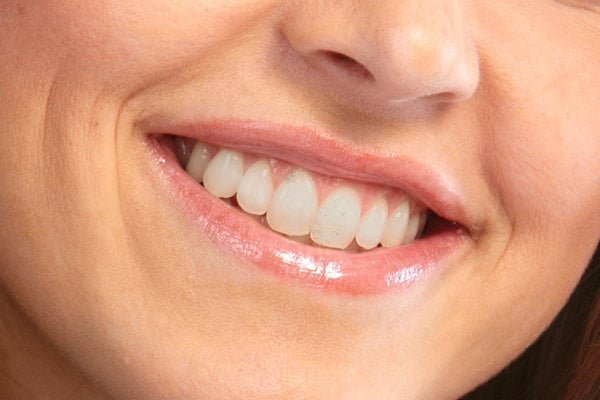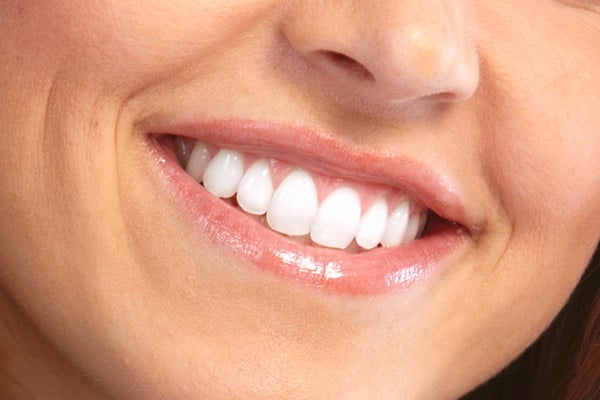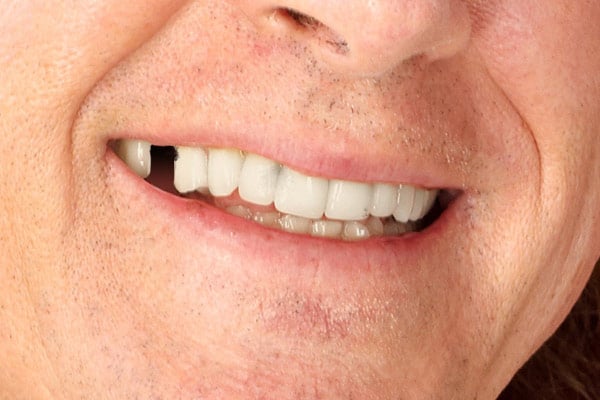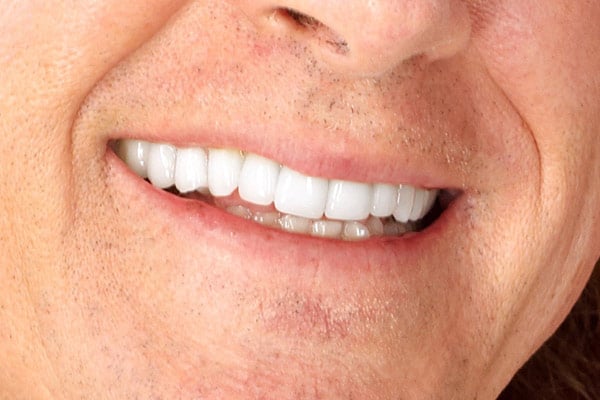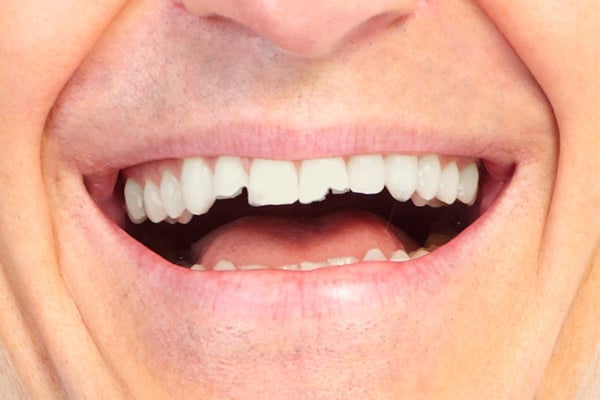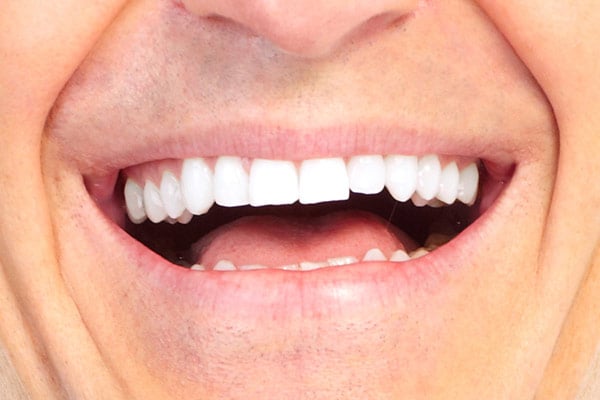Orthognathic surgery, also known as corrective jaw surgery, is a complex surgical procedure that aims to correct abnormalities of the jaw and facial structure. It is primarily used to treat conditions such as malocclusion (improper bite), jaw misalignment, and facial asymmetry. This procedure can have significant functional and aesthetic benefits for patients who experience difficulties with chewing, speaking, breathing, or have concerns about their facial appearance.
The decision to undergo orthognathic surgery is typically made in collaboration between the patient, orthodontist, and oral and maxillofacial surgeon. Prior to the surgery, a comprehensive evaluation is conducted, which may include dental impressions, X-rays, and 3D imaging to assess the precise nature and extent of the jaw and facial irregularities. The procedure is performed under general anesthesia, ensuring the patient’s comfort throughout the operation.


